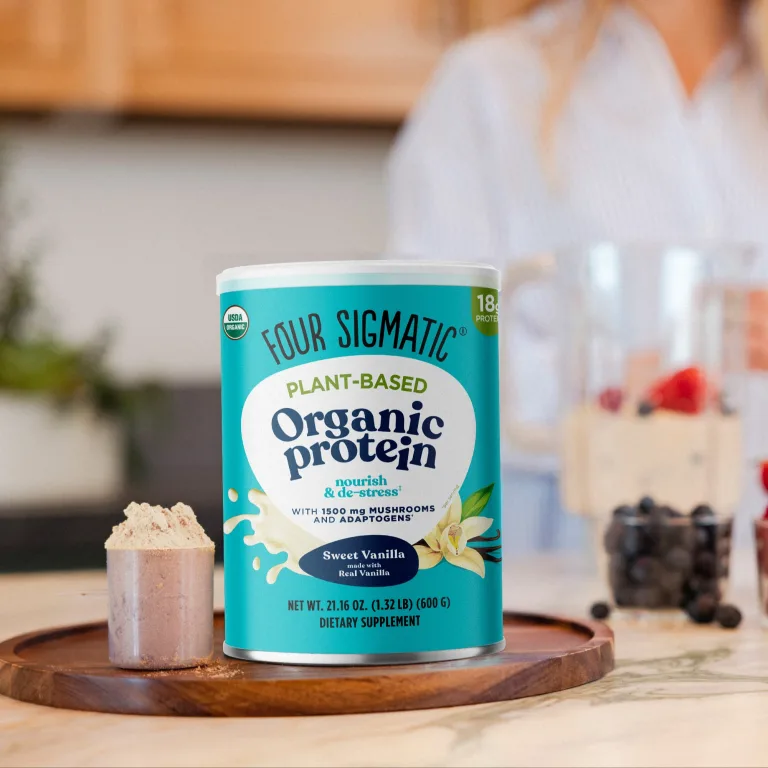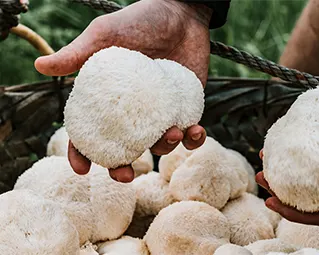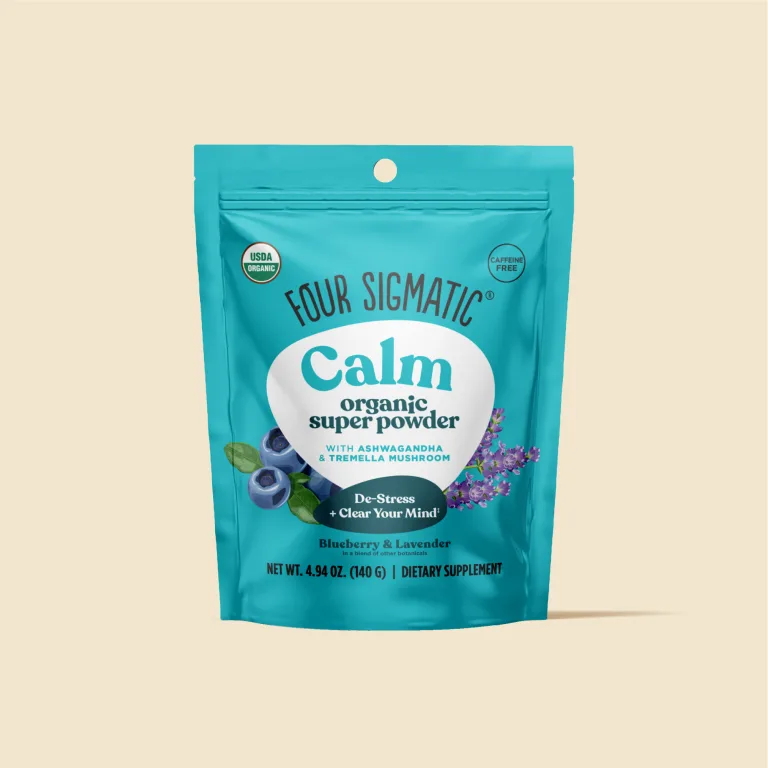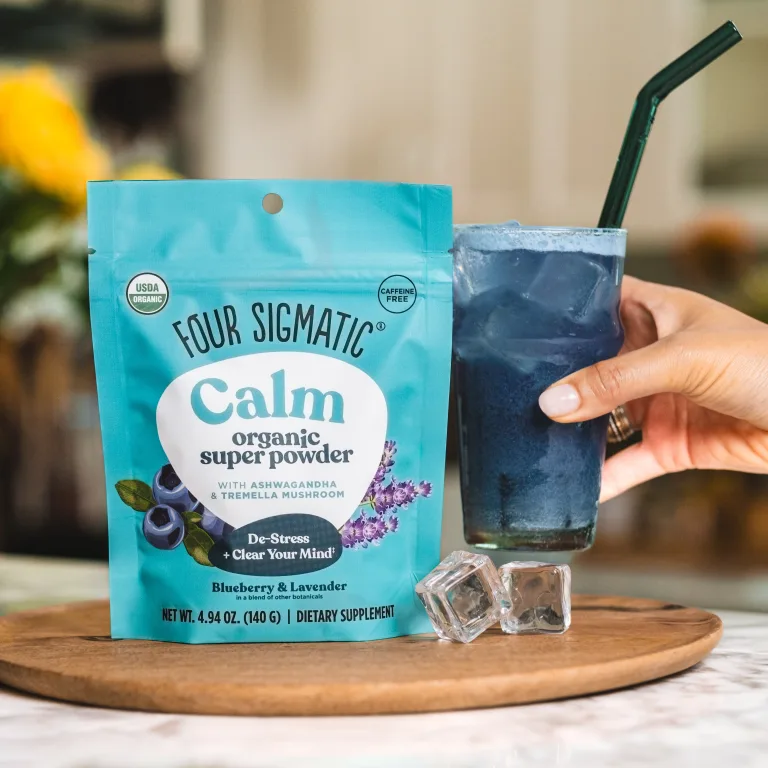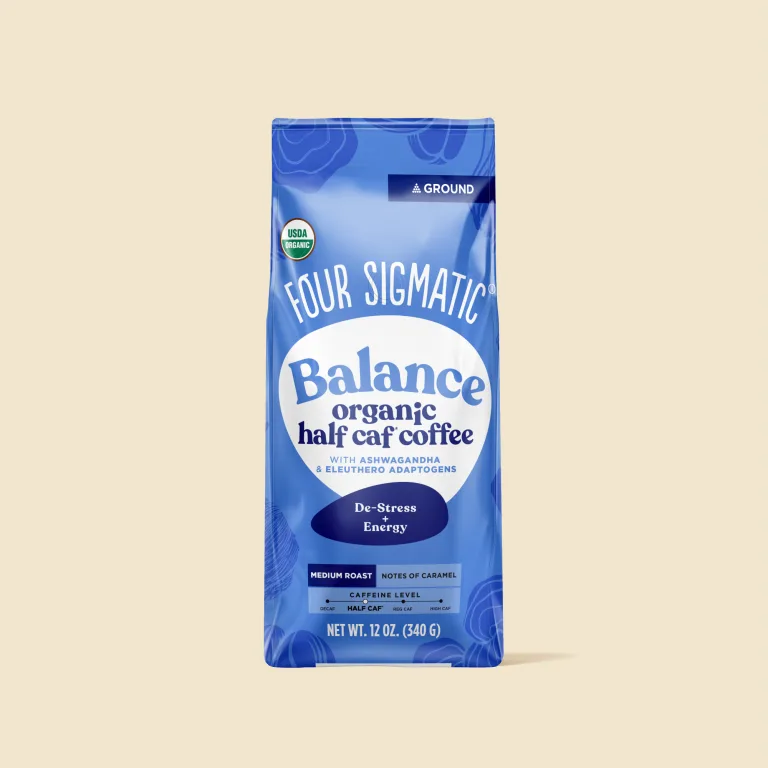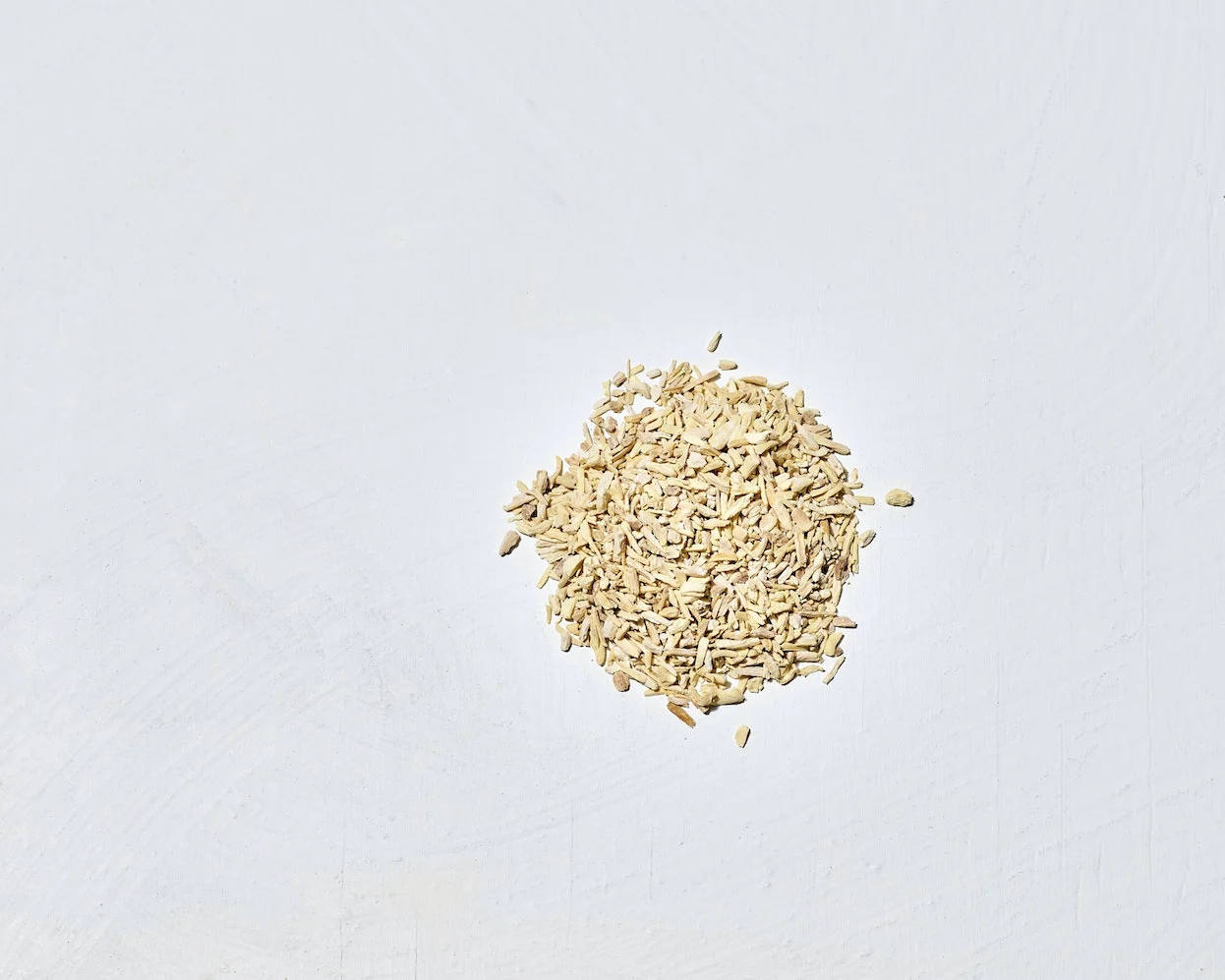
Shop Adaptogen products
Just five years ago, “adaptogen” wasn’t as common as the word “macchiato.”
Today you can hardly walk into a coffee shop, grocery store, or juice bar without seeing the word “adaptogen” jump out at you. I’ve been a serious adaptogen lover for the last 10 years and I’m so glad they’re finally getting their time in the sun.
I’ve spent a lot of time talking about exactly what an adaptogen is, and which adaptogens I reach for daily, but today I want to do a deep dive on a very potent Ayurvedic herb: Ashwagandha.
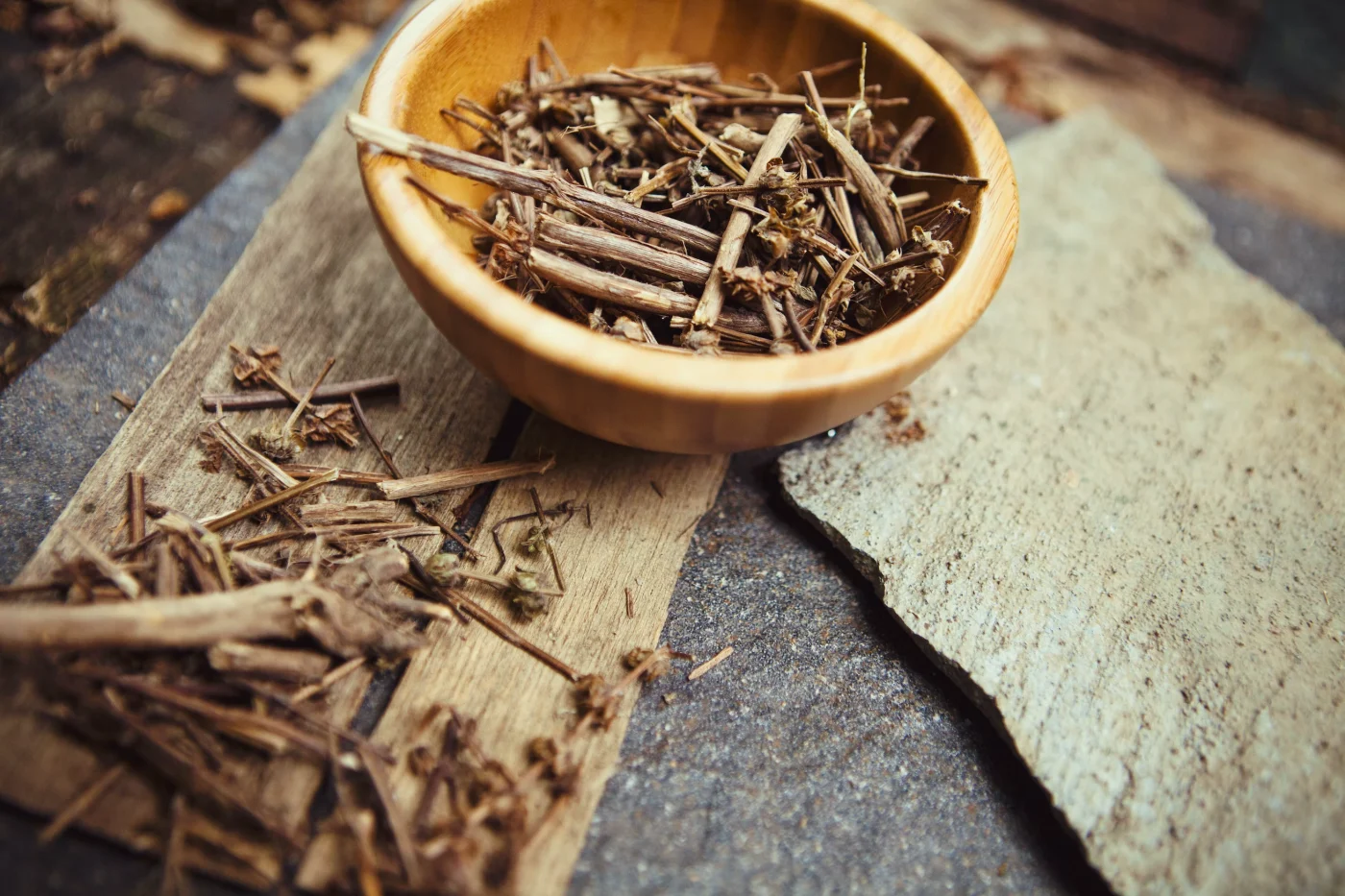
Known as one of the most powerful herbs in Ayurvedic healing, Ashwagandha has been used for thousands of years. Most promising are its effects on stress and stress management — something we could all use a little more support for in our lives.
Ashwagandha in Ayurvedic healing
What Ayurveda Is
“Ayur” means longevity, and “veda” means science or knowledge. Ayurveda isn’t only a healing modality, but a way of life that encompasses mind, body, and spirit. The first Ayurvedic medical school was founded in 400 B.C. so this modality has been practiced for a very, very long time. A key part of Ayurvedic healing is the balancing of energetic “doshas.” There are three doshas, or types of energies: vata, pitta, and kapha. Everyone is born with a particular balance of doshas. In Ayurveda, illness is caused by a disturbance of this balance. The first requirement to bring back good health is to re-balance the doshas.
Ayurvedic treatments involve natural medicines, dietary plans, and behavioral modifications, all looking at your mind, body, and spirit.
Benefits of Ashwagandha
Ashwagandha is sometimes called “Indian Ginseng” because it is used in the same way ginseng is used in traditional Chinese medicine — for strength, vitality, energy, and recovery. It is considered to reduce vata and kapha doshas.
Also known as Withania (scientific name Withania somnifera) or winter cherry, Ashwagandha’s Hindi name means “horse smell.” This refers not only to the scent it may sometimes have, but to a horse’s strength, indicating its use as a tonic and aphrodisiac herb. Although all parts of the stout shrub of an Ashwagandha plant are used, most commonly you’ll see the root used for adaptogenic purposes.
How Ashwagandha moved from Ayurvedic staple to LA juice bars
Between 500 B.C. to 1000 A.D., trade routes and wars led to an exchange of ideas, ingredients, and secrets between ancient Greek and Roman healthcare, and Ayurvedic and traditional Chinese medicine. There were a great many advances made for all cultures.
Fast-forward to the 19th century, when the British dismissed Ayurveda as a superstition, closed all Ayurvedic schools, and straight up banned the practice. Ayurvedic practices had to retreat into the underground until India gained independence in the middle of the 20th century. Today in India, Western medicine and Ayurvedic medicine flourish together.
This resurgence happened to coincide with increased Western research on adaptogens in Russia, bringing the Western world’s attention to the balancing benefits of many traditional herbal medicines.
And now, two decades into the 21st century in the United States, when we’re more stressed out, more connected, more “plugged in” then ever before, we see an increased interest in the mind, body, and spiritual healings of traditional medicines. The current balance of Western research and Eastern traditions for adaptogens such as Ashwagandha makes them more popular than ever, much to the benefit of our overall well-being.
Adaptogens, Ashwagandha, and stress
In case you are new to the world of adaptogens, let’s take a look at the big picture. Adaptogens are naturally occurring, non-toxic substances that can help protect your body from chronic stress by stabilizing and optimizing a host of physiological functions[*].
Rather than serving a single targeted purpose, an adaptogen will (ahem) adapt its healing properties to whatever your body specifically needs at a given time.
In order to formally qualify as an adaptogen, these natural substances must meet the following criteria:
They must be safe for long-term use, non-toxic, and non-habit forming
They must have a non-specific effect on the body
They must help normalize system functions and maintain a state of homeostasis or overall balance
What’s more, these benefits are achieved gradually and gently without letdowns or energy crashes. For the adaptogen Ashwagandha, you’re now seeing Western research strongly back up the claims of stress reduction with animal studies and human studies. Of course, if you have a specific health condition you’re interested in taking Ashwagandha for, be sure to talk to your health care professional first.

Where you’ll find Ashwagandha in Four Sigmatic products
At Four Sigmatic we use an extract of Ashwagandha root in our products. There are no fillers or carriers used. You’ll find it in:



